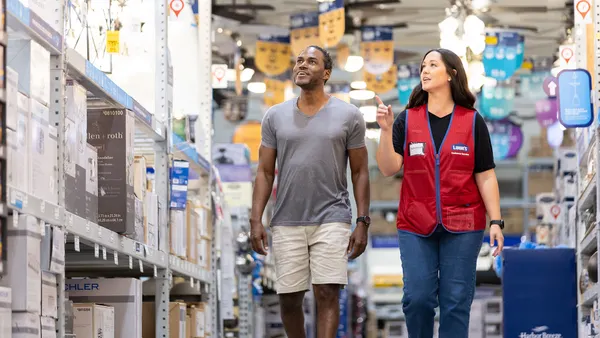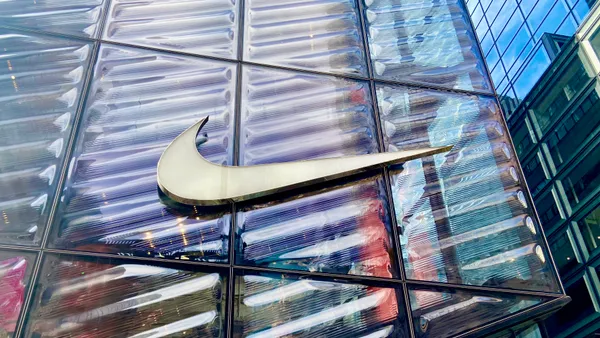Whether shopping for new clothes or the latest cool shiny tech gadget, we want what we purchase to be an extension of, well, who we are. That’s why personalization is a goal, if not the holy grail, for retail brands.
Of course, a large part of personalization is listening to your customers. For instance, in recent years, retailer Abercrombie & Fitch, which underwent a downturn after peaking in the early aughts, has seen an uptick in sales by moving beyond imposing a brand-centric concept of physical beauty or affluence. Similarly, Business Insider asserts that “Coach has emerged as the new ‘cool girl’ brand for GenZers” after the retailer shifted from "exclusivity to inclusivity, from status and ownership to emotions and values," a Coach executive explained.
But 2024 presents retail brands a new opportunity to engage consumers with an even deeper, more compelling form of personalization. No, it’s not retinal scans like those in the Spielberg movie “Minority Report.”
Rather, it all comes back to the biggest news story you’ve probably not heard about: the end of the third-party cookie.
Cookies End, Personalization Begins
Google’s long-postponed termination of third-party cookies is finally happening throughout 2024 and concludes at year’s end. This is great news for all marketers, especially retail marketers because cookies can only track a sales conversion if it occurs on a single device. Contrast that model with today’s shopping experience, which often starts on one device and ends on another, if not in a physical store.
What’s replacing the cookie is first-party audience data. This data is primarily willingly passed along by consumers — think of those offers for a discount if you provide a brand your email address or agree to text messages. On a deeper level, this data exchange suggests that the consumer is okay with receiving promotional ad campaigns from the specific brand.
This is why first-party data is so important — and why retailers can use it to further personalize the shopping experience for current and potential customers.
Prioritizing First-Party Data to Drive Personalization
Of course, this involves retail brands and marketers working with a technology partner who understands the importance of first-party data and how to, in digital advertising parlance, “optimize” it.
You might be wondering what “it” looks like.
Well, imagine using your tech partner’s AI-powered tools to perform data analysis with a click of a button on your first-party audience data (without the need for a team of data scientists) and gain actionable insights, like identifying or expanding potential buyers of your product.
Retail brands can then leverage other emerging post-cookie tools (as long as they're working with a post-cookie tech partner) to put the rest of the personalization puzzle together.
For example, a popular post-cookie solution that has emerged connects a single individual to each of their devices (as opposed to a single device available with cookies). Now, armed with optimized first-party data, a retailer could create a personalized campaign and reach target audiences from the top of the funnel, like watching their streaming ads, to conversion, even if it happens in a store.
Personalizing the Shopping Experience Across Today’s Media Landscape
So, how can retail brands and marketers get started with post-cookie personalization in 2024?
In Viant’s latest cheat sheet, Personalizing the Shopping Experience Across Today’s Media Landscape, explore how people-based technology can help brands navigate the evolving cookieless retail industry and deliver personalized, privacy-minded campaigns across traditional and emerging ad channels.
Download Personalizing the Shopping Experience Across Today’s Media Landscape today to learn more.










